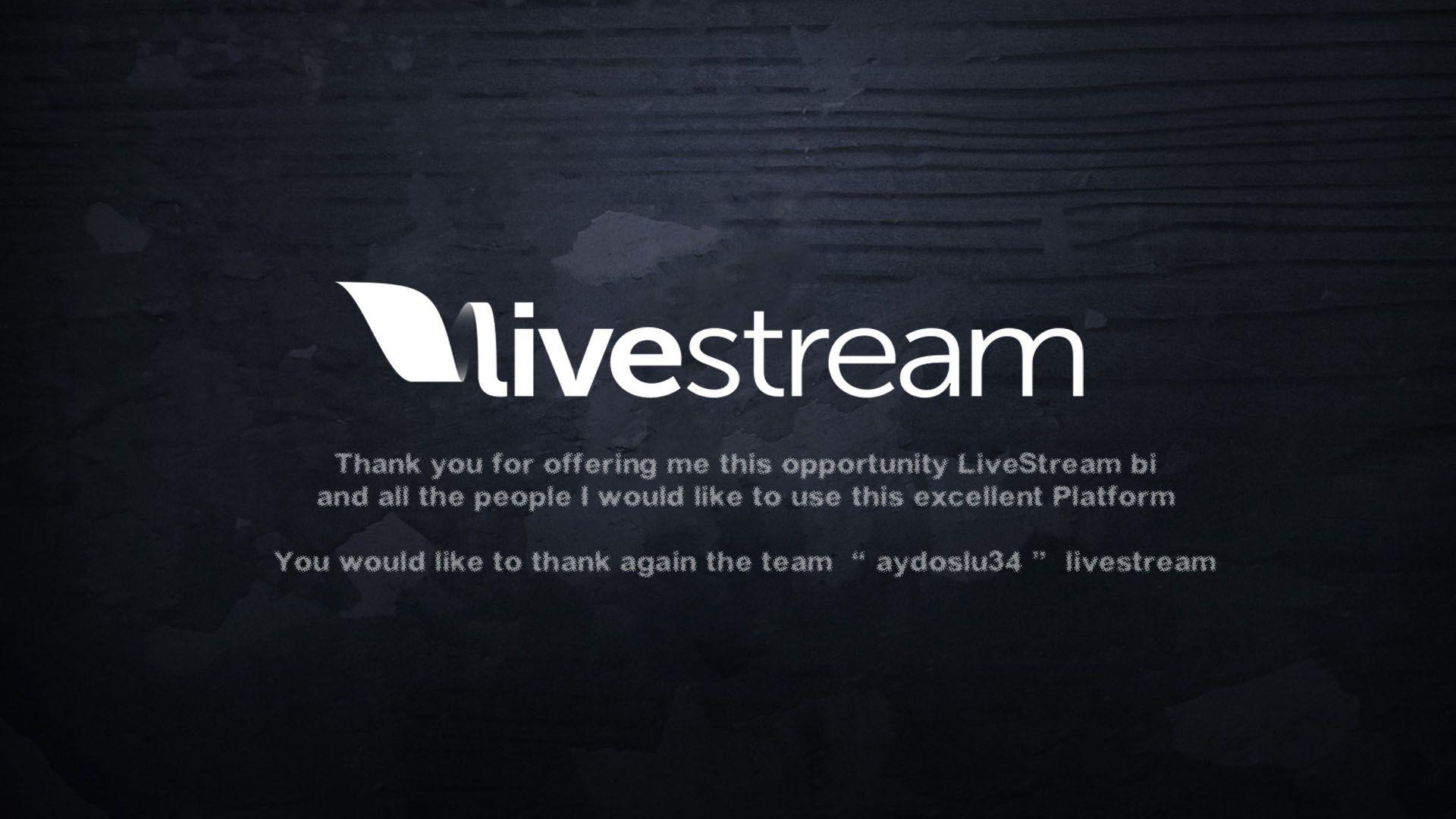Stream Dreams: Navigating the Future of Digital Entertainment
Stream Dreams: Navigating the Future of Digital Entertainment
Blog Article

The landscape of entertainment is undergoing a transformative shift, with online streaming at the forefront of this evolution. As technology advances and internet connectivity improves, audiences now have unprecedented access to a vast array of content at their fingertips. From blockbuster movies and binge-worthy television series to niche documentaries and live sports events, the streaming revolution has reshaped how we consume media, making it more convenient and personalized than ever before.
In this digital age, traditional entertainment models are being challenged as consumers gravitate towards platforms that offer flexibility and choice. The days of adhering to rigid television schedules are fading, replaced by the liberating opportunity to watch what we want, when we want. This shift not only benefits viewers but also prompts content creators and distributors to adapt and innovate in order to stay relevant. As we navigate the future of digital entertainment, the implications of online streaming extend far beyond simple convenience, influencing cultural trends, viewing habits, and even the way stories are told.
The Rise of Streaming Services
The advent of high-speed internet and advancements in technology have led to a significant shift in how audiences consume entertainment. Streaming services have exploded in popularity, allowing users to access a vast library of content from the comfort of their homes or on the go. With a simple click, viewers can explore thousands of movies, television shows, and original content without the need for physical media or traditional cable subscriptions. This convenience has attracted millions, fundamentally changing the landscape of digital entertainment.
Join Now
As more consumers turn to online platforms, traditional media has been forced to adapt. Major networks and studios began launching their own streaming services to retain viewership and keep up with changing consumer preferences. The competition among these services has fueled innovation, resulting in improved user experiences, personalized recommendations, and exclusive content that entices audiences. This dynamic environment has fostered a rich selection of choices, making it an exciting time for digital entertainment.
The pandemic further accelerated the growth of streaming services, as people sought new forms of entertainment while staying at home. With theaters closed and live events canceled, audiences embraced streaming as a primary source of entertainment. This surge in demand has prompted platforms to invest heavily in producing original programming and acquiring licensing deals, solidifying their positions in the market. Today, streaming services are not just alternatives; they are increasingly becoming the primary way people consume entertainment, shaping the future of the industry.
Impact on Traditional Media
The rise of online streaming has significantly disrupted traditional media formats such as cable television and broadcast networks. As audiences increasingly turn to platforms like Netflix, Hulu, and Amazon Prime for their entertainment needs, viewership for conventional TV channels has sharply declined. This shift has prompted many traditional media companies to rethink their business models, forcing them to adapt to an evolving landscape where on-demand content is king.
Moreover, the accessibility of streaming services has democratized content consumption. With just an internet connection, users can access a vast library of films, shows, and original programming from the comfort of their homes. This convenience has led to a generational divide, with younger audiences favoring streaming over traditional media. As a result, advertisers and marketers are recalibrating their strategies, recognizing that reaching consumers through traditional means may no longer be effective.
Lastly, the shift toward online streaming has encouraged traditional media companies to invest in their own streaming platforms. By creating services like Disney+ and HBO Max, these companies hope to retain their audience and compete directly with established streaming giants. This evolution not only highlights the urgency for traditional media to innovate but also suggests a future where hybrid models of content delivery may become the norm, blending traditional broadcasts with streaming capabilities.
Future Trends in Digital Entertainment
The future of online streaming is poised for significant evolution as technology continues to advance. With the increasing availability of 5G networks, streaming will become more accessible and reliable, allowing users to enjoy high-definition content without the frustration of buffering. As a result, consumers will expect even higher quality in both video and audio, leading platforms to invest in better compression technologies and streaming protocols. This shift will not only enhance user experience but also create new opportunities for content creators to deliver immersive storytelling.
As personalization becomes a central theme in online streaming, algorithms will play a crucial role in curating content that resonates with individual preferences. Viewers are increasingly demanding tailored experiences, which means that streaming services will need to harness data analytics to understand user behavior deeply. Enhanced recommendation engines will not only suggest what to watch next but also curate entire viewing experiences based on mood, time of day, or even social context, further blurring the lines between traditional viewing and on-demand entertainment.
Moreover, the rise of virtual reality and augmented reality technologies will reshape how audiences interact with content. Online streaming platforms are likely to incorporate immersive experiences, allowing users to engage with stories in a more interactive manner. This trend could lead to the development of new genres and formats that challenge conventional storytelling, offering avenues for creators to explore rich, engaging narratives that extend beyond the typical screen. As these technologies mature, the future of digital entertainment will become increasingly dynamic, enriching the landscape of online streaming.
Report this page